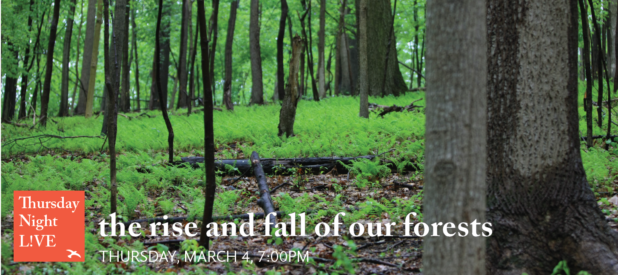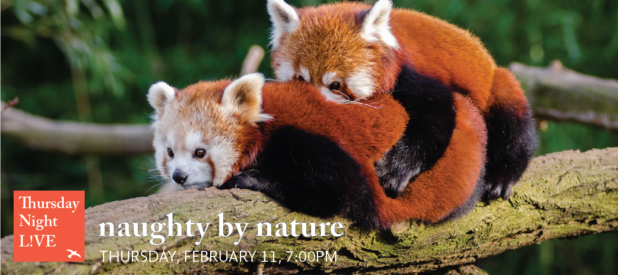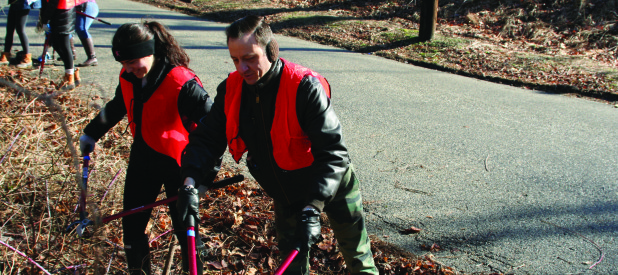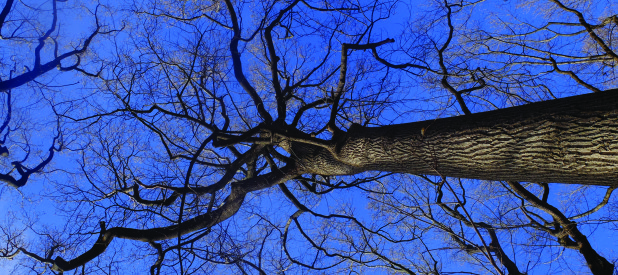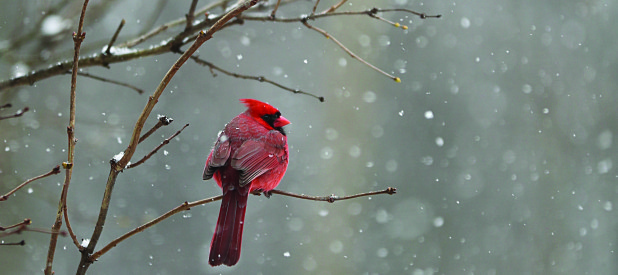The Pennsylvania landscape has undergone a near-complete transformation over the last 350 years, starting with the extirpation of the Lenape and the loss of their fire management practices. After European settlement, extensive logging and land clearing, the introduction of exotic insects, diseases and invasive plants, increasing deer browsing, and the Smokey Bear-era has led to unprecedented changes in forest composition across the eastern US. We’ve lost not only once-dominant chestnut trees, but many white pine forests too, and super-abundant white oak is in decline. Oaks, hickories, and pines are not regenerating, red maples are on the rise– and the climate is changing. Marc D. Abrams, Ph. D., professor of forest ecology at Penn State, explains the sweeping history of our once and future forests.
Birds do it, bees do it, and sentimental fleas? Don’t even ask. In a special Valentine-flavored edition of Thursday Night Live, Mike Weilbacher reprises his popular PG-13 lecture on the extraordinarily adaptations and life stories of animals for sex and reproduction. From gender-bending clownfish to overly endowed banana slugs, from giraffe “necking” to male anglerfish hanging around forever, from honeybees to, of course, the infamous praying mantis, you’ll shake your head at the extraordinary antics of the animal kingdom.
Help us to improve the health and biodiversity of our forest while getting to know the property, connecting with nature, and making new friends. On workdays, volunteers will remove invasive plants and help to improve our trails.
We recommend long pants, sturdy boots, and a sense of fellowship. No experience necessary—we provide gloves, tools, instruction, and snacks. Please bring your own water bottle.
Please note: our volunteer workday will be canceled in the event of severe weather.
During this guided hike, we’ll see some of the biggest trees in our forest—some over 13’ around! Learn how to identify these trees based on their winter characteristics, such as shape and bark pattern. As we walk past old fields and ruins of 19th century homesteads, you’ll hear about the history of the land and how human use has influenced our forest. If there is snow cover on the ground, wear warm boots or snowshoes. A limited number of snowshoes are available for members to borrow. Registration is appreciated.
Not a member? Join today!

With leaves falling and the forest turning into a blanket of white snow, it becomes a great time for bird watching. Birds need to be active and feeding in order to stay warm in blistering winter temperatures, and the contrast of their feathers against the white snow and bare trees makes them easier to observe along our trails. In our annual census, we’ll monitor the abundance of bird species that winter in our forests and fields. All of the information we collect will be shared with other citizen scientists, helping us to better understand how our local bird populations change over time. Warm drinks and snacks provided. Registration is appreciated.

In the event of heavy rain or snow, the census will be rescheduled for Saturday, January 25.
